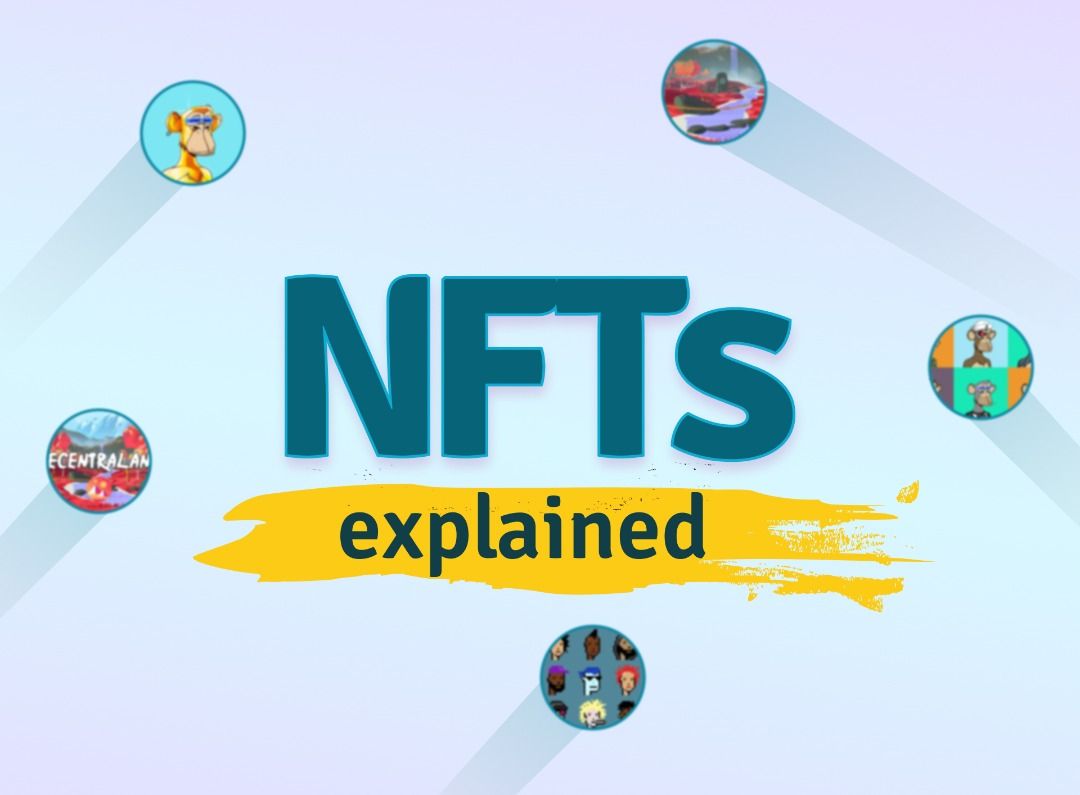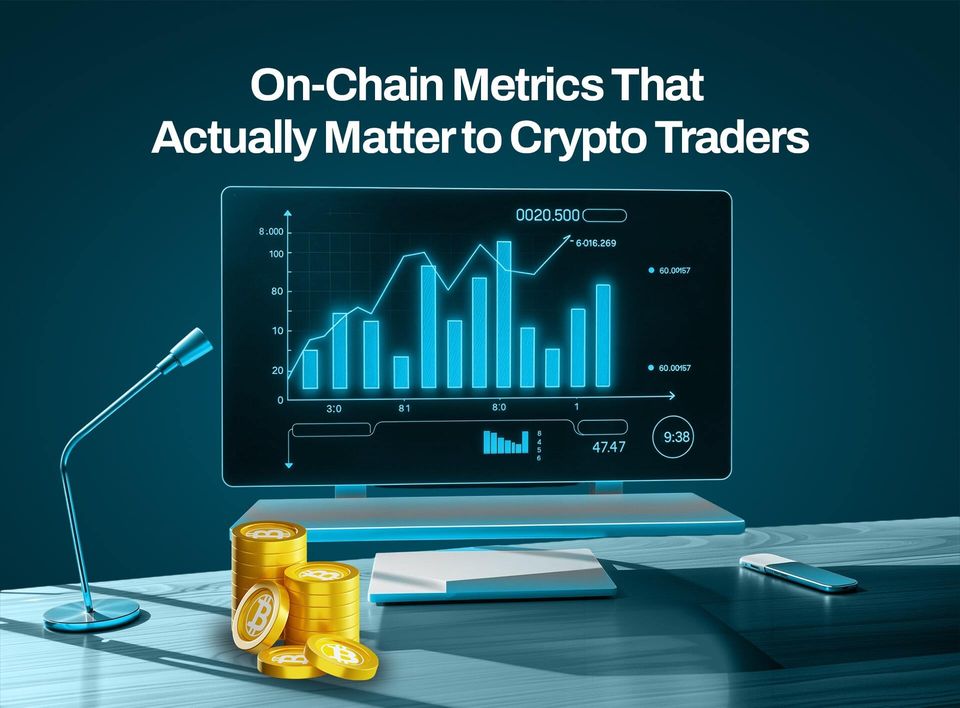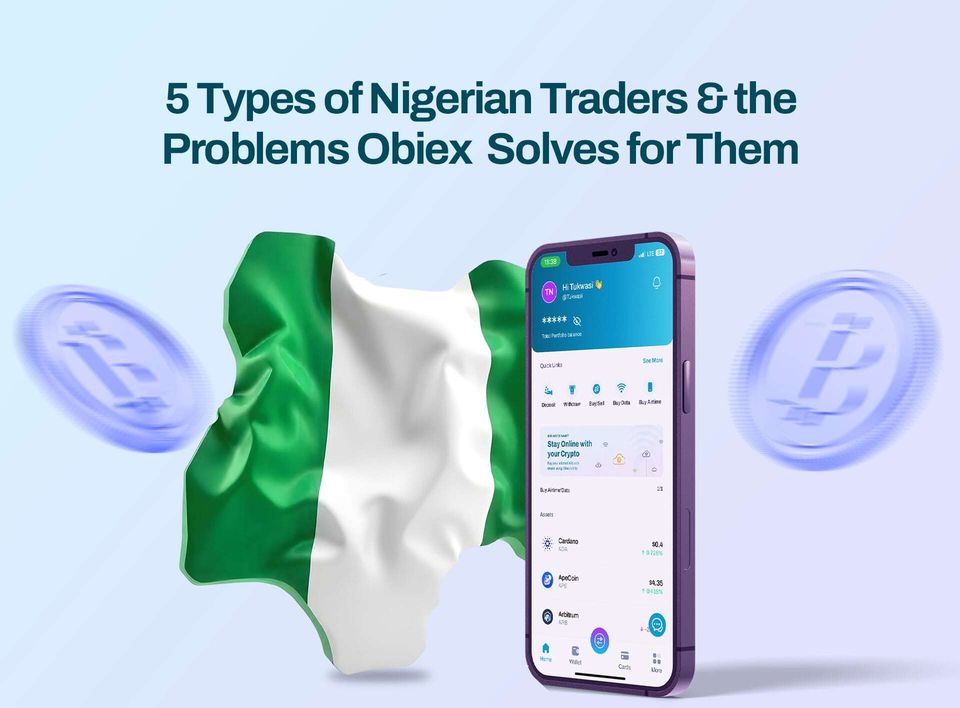NFTs: What’s the hype about?
NFTs are one-of-a-kind digital assets that can be traded like any other marketplace item and are subject to the standard market laws.

On September 29, 2021, emerging Cryptoartist, Osinachi, collaborated with popular music producer, Don Jazzy, to release an Afrobeats NFT tribute, sparking renewed NFT interest in the Nigerian Twittersphere.
If you have an online presence on any of the major social media platforms, you've probably heard of NFTs in relation to photographers, illustrators, and other visual artists. Even if you're not the curious type or have no interest in Crypto topics, the prices for these NFTs are enough to make anyone sit up and take notice.
What are NFTs?
To comprehend what non-fungible tokens are, you must first comprehend what a fungible asset is. A fungible asset is any easily exchangeable medium of exchange, such as currency or Bitcoin – you can exchange 1000 for five 200 notes and still have the same overall value; similarly, Bitcoin and other crypto coins can be broken down in the same way.
NFTs differ from fungible assets in that each NFT is a one-of-a-kind collectible item, similar to valuable stamp collections, family heirlooms, and baseball cards. Non-fungible items' exclusivity is what gives them their value, and there will always be people willing to pay exorbitant prices to own and flaunt valuable, rare items.
Simply put, NFTs are one-of-a-kind digital assets that can be traded like any other marketplace item and are subject to the standard market laws of demand and supply.
As a result, virtual pop culture items, such as the viral Chloe GIF, can be turned into NFTs.
How do NFTs work?
Despite the fact that NFTs are not the same as traditional cryptocurrency assets such as Bitcoin, they do share one important feature: they are both built on the Blockchain.
A blockchain is a network of personal computers that is used to store data across a network. Its decentralized nature makes it secure because everyone pitches in to use and help run it, making it difficult for a single person/group to bring the network down.
When blockchain is used for crypto transactions such as Bitcoin and NFTs, the data is stored in immutable blocks. Because NFTs are essentially digital certificates of intellectual property, whoever owns the NFT has proof of ownership of whatever is linked to the certificate.
NFTs, according to TechCabal, are the equivalent of "sticking a barcode on everything." You can create almost anything as a creator and mint it on platforms like Foundation and Rarible.
The minting process allows anyone, anywhere to easily access and view information about the item, as well as buy and own a piece of it.
How do NFTs attain value?
NFTs, like any other collectible item, rise and fall in value due to supply and demand, as well as factors such as the artist's reputation. If you believe an artist's reputation will grow over time, purchasing NFTs of their work now can be extremely profitable.
For example, a visual artist like the Vunderkind, who has created well-received visual designs and is quite popular on social media, is the ideal type of creator to invest in because demand for his original work will increase as his reputation grows.
When demand for his work exceeds supply, the value of any NFTs you own of his original work will rise, allowing you to either cash in or enjoy owning "an original Vunderkind."
The market for NFTs is currently at its peak, as creatives all over the world have realized that this is an incredible way for them to directly share their art with a desired audience while making huge profits.
Many people are concerned that NFTs can be easily copied, rendering ownership of the original obsolete. Anyone can save a photograph of the Mona Lisa or even commission an artist to recreate the famous painting, and anyone can also go online and save a photograph of a valuable NFT.
However, just as reproducing the Mona Lisa has no effect on its value, owning a copy of an NFT has no effect on its value because the unique token transferred to your wallet upon payment validates your ownership of the NFT.
In March of this year, the artist named Mike Winkelmann, aka "Beeple," had an NFT of his work sold at a Christie's auction for $69 million, making him one of the most valuable living artists.
Doubters:
There have been skeptics who, understandably, wonder how long this will last and if people are being taken advantage of. Last year, Goldman Sachs execs stated that cryptocurrency was "not an asset class". Goldman Sachs has since been surpassed in value by Coinbase, raising the possibility that NFTs will take over the collectibles market in the same way.
There have been instances of NFT Fraud, as unscrupulous individuals have predictably begun to submit the work of others in an attempt to wrongfully establish ownership and reap the benefits. Many artists have already discovered that their work has been stolen and turned into NFTs without their permission, and because major NFT platforms such as Rarible and Open Sea have failed to implement a verification process, such scams have persisted.
Predicted Impact
While some experts believe that NFTs are a "bubble" that will burst sooner or later, others see them as the logical next step in crypto evolution and have urged creatives around the world to embrace them.
Disclaimer: This article was written by the writer to provide guidance and understanding of cryptocurrency trading. It is not an exhaustive article and should not be taken as financial advice. Obiex will not be held liable for your investment decisions.



